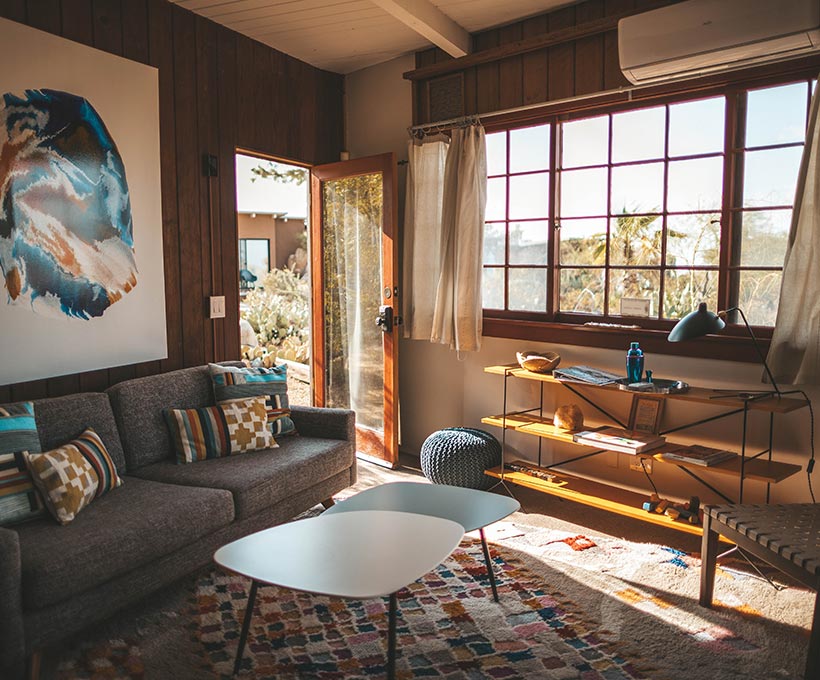Address
30 A, SANTA MARIA, GREATER ACCRA, Ghana
Work Hours
Monday to Friday: 9AM - 5PM
Saturday: 9AM - 2PM
Address
30 A, SANTA MARIA, GREATER ACCRA, Ghana
Work Hours
Monday to Friday: 9AM - 5PM
Saturday: 9AM - 2PM

There was a time when home healthcare meant a dusty thermometer in a drawer and a blood pressure cuff you weren’t quite sure how to use. For anything more serious, you went to a clinic. Healthcare lived in hospitals, and home was just the waiting place. But over the past few decades, that line has blurred. Slowly but steadily, technology has moved health monitoring from medical offices into living rooms — and it’s completely transformed how we approach personal care.
In the beginning, most at-home tools were mechanical and basic. Thermometers with mercury, blood pressure cuffs with stethoscopes, scales that required a little guesswork. These devices served a purpose, but they weren’t easy for the average person to interpret or use with confidence. As digital technology advanced, so did the tools. Suddenly, people could get accurate blood pressure readings at home with the push of a button. Thermometers gave quick, clear results. Health information became more accessible, and for the first time, patients started to feel in control.
The real shift came with the rise of smartphones and smart devices. What started as simple digital upgrades soon turned into fully connected health ecosystems. Devices began syncing with apps, storing data over time, and offering trends and insights. Someone with hypertension could track their blood pressure day by day. Diabetics could log and monitor their glucose. Families could take their child’s temperature and instantly share it with a pediatrician. This wasn’t just convenience — it was continuity. It meant fewer gaps in care and better conversations with providers.
Today’s home health tools are smarter than ever. Pulse oximeters, ECG monitors, and smartwatches now offer insights that once required lab visits. Some can detect abnormal heart rhythms, warn of low oxygen levels, or even track sleep and stress. And as artificial intelligence becomes more integrated, devices aren’t just collecting data — they’re helping interpret it. Algorithms analyze patterns and notify users of potential concerns before they become emergencies.
All of this innovation has opened up healthcare to people who previously struggled to access it. Whether it’s someone living in a rural area, a caregiver managing a loved one’s condition, or an individual simply trying to stay proactive — home health tech is filling critical gaps. It’s making care more personal, more immediate, and in many cases, more effective.
The evolution of home health tech isn’t slowing down anytime soon. What used to feel futuristic — checking your oxygen levels or doing an ECG from your couch — is now standard. As devices become even more accurate, intuitive, and affordable, the home will continue to grow as a center for real, informed, and empowered healthcare.
And for those looking to take control of their health from home, the future isn’t coming — it’s already here.